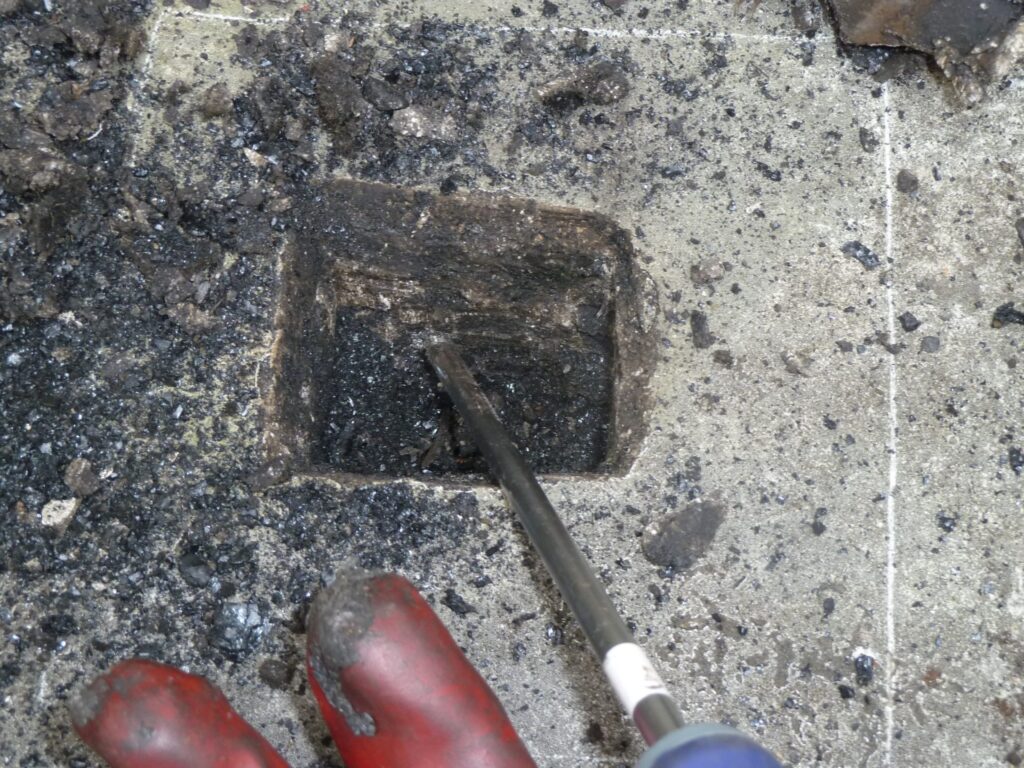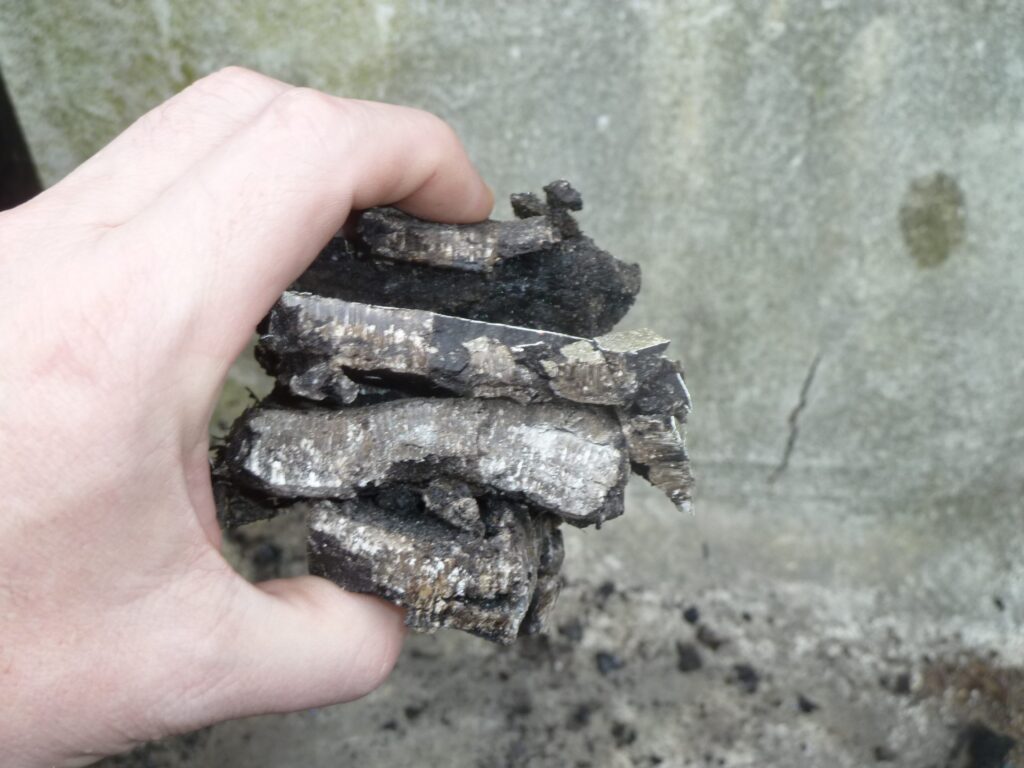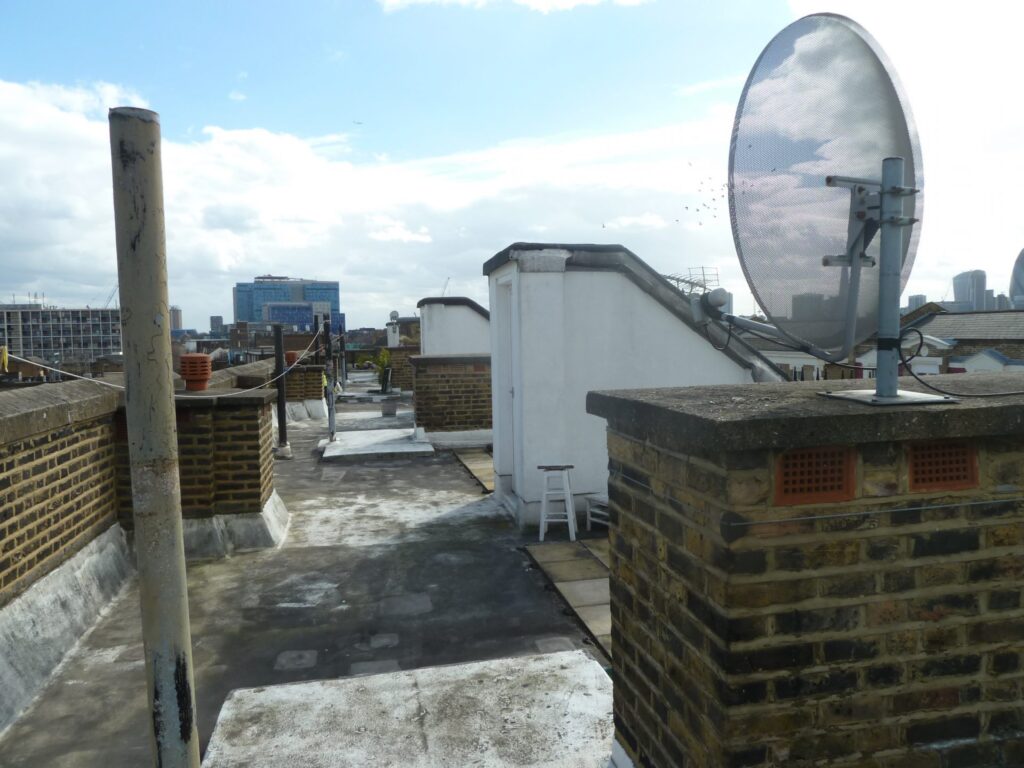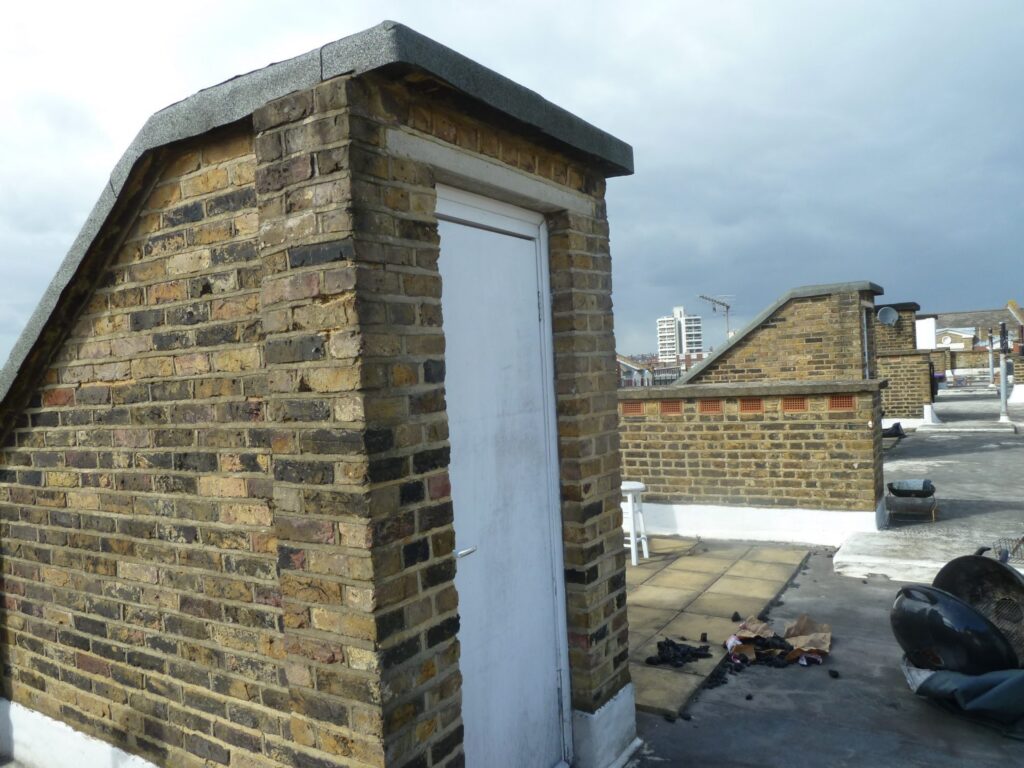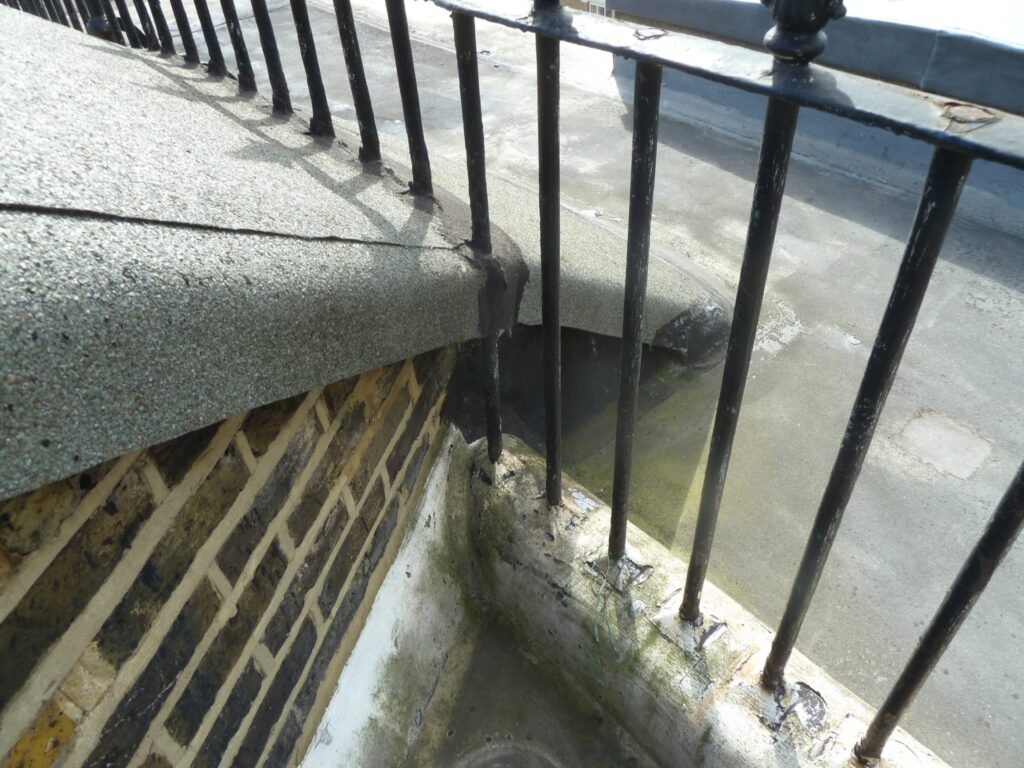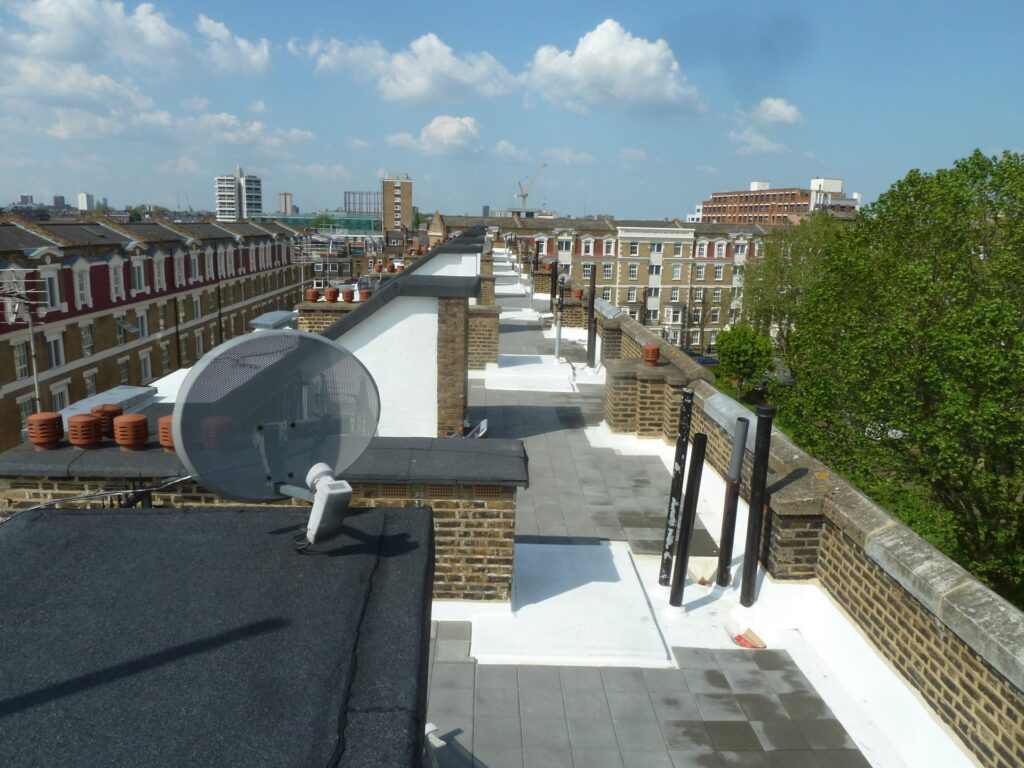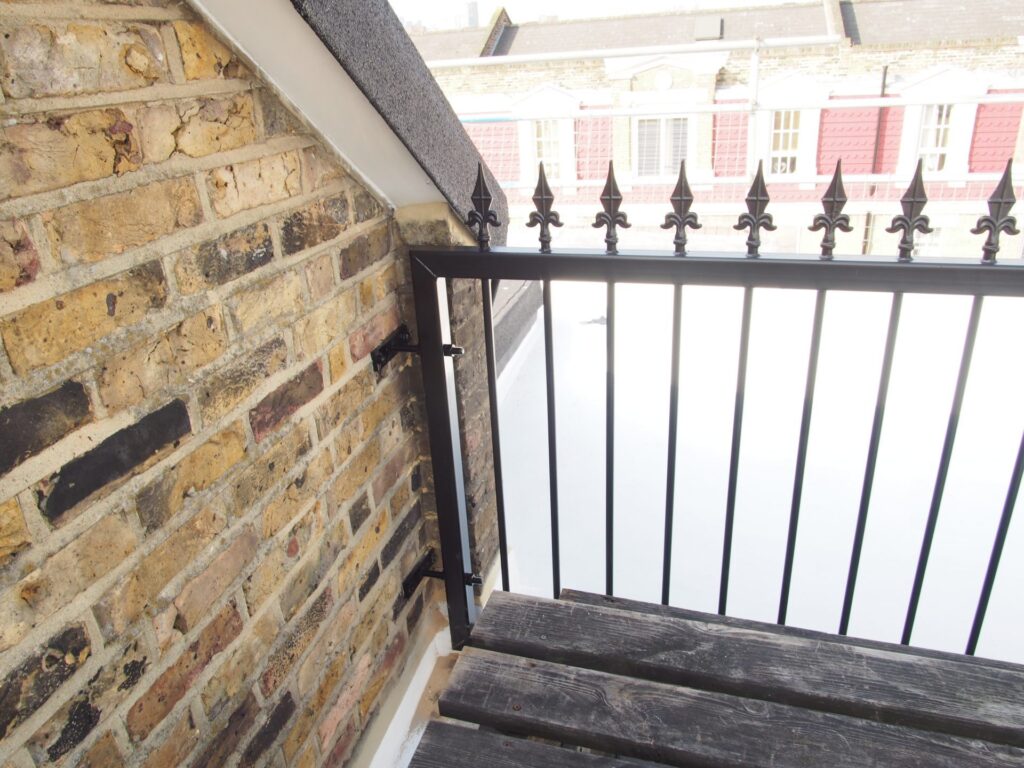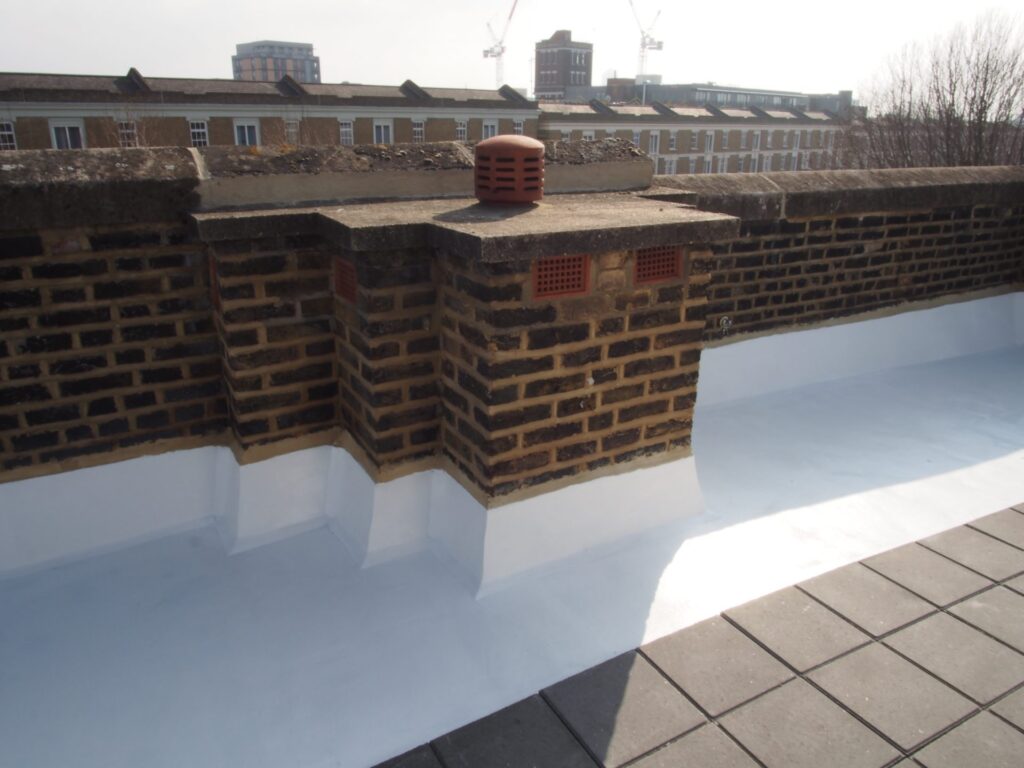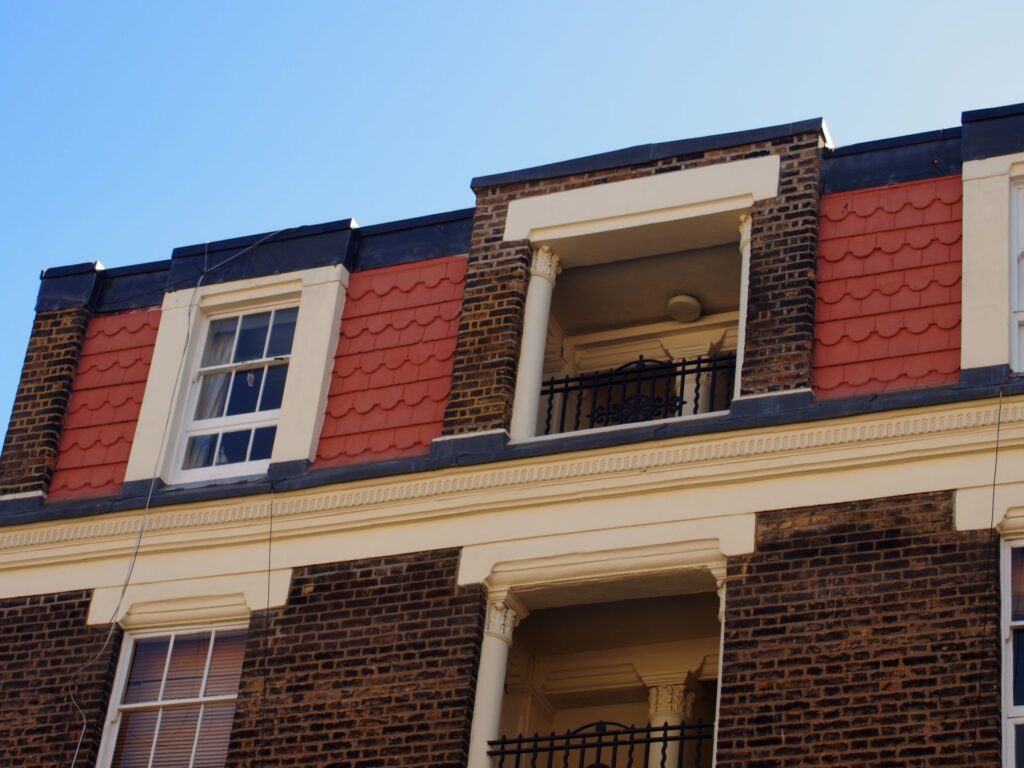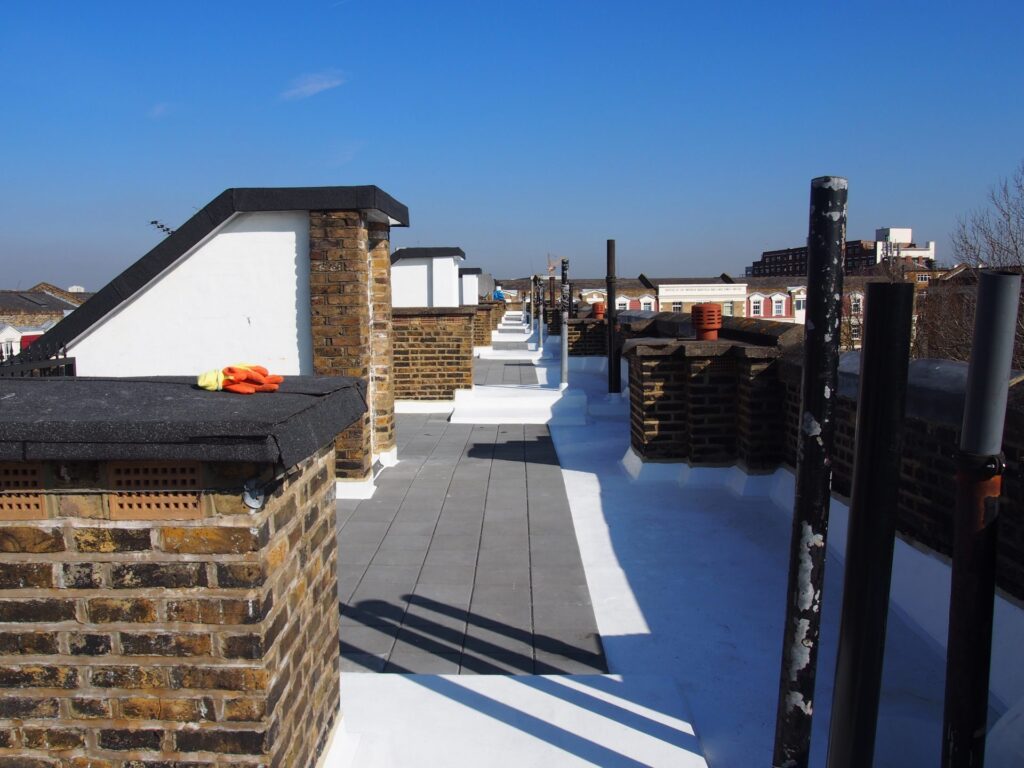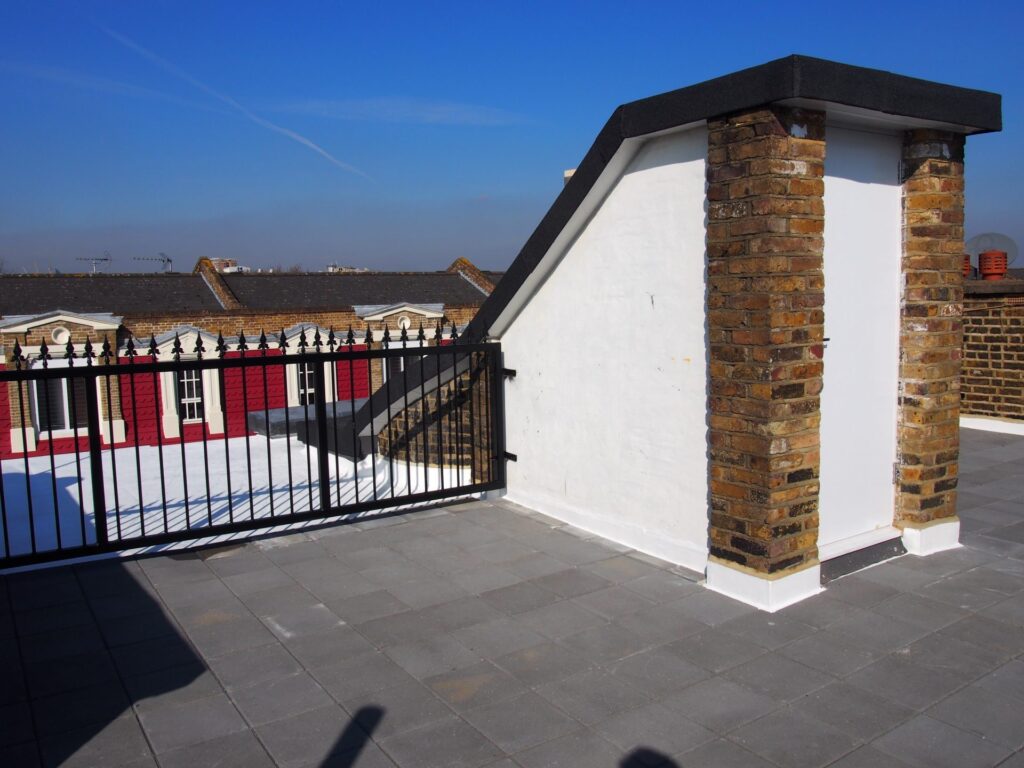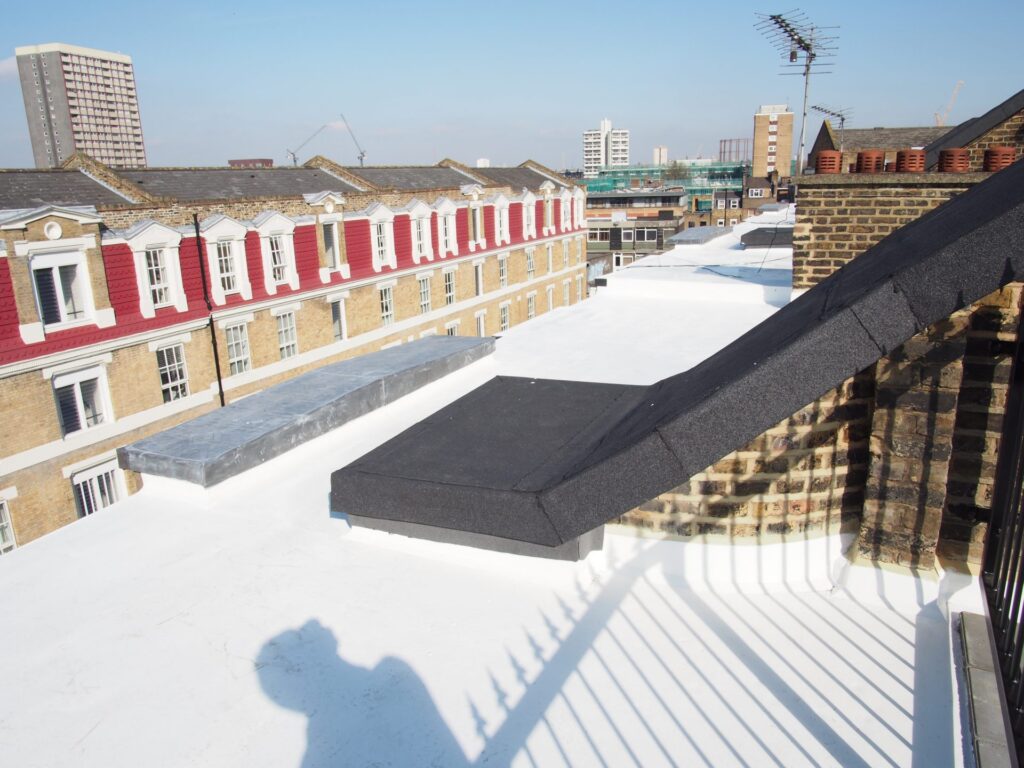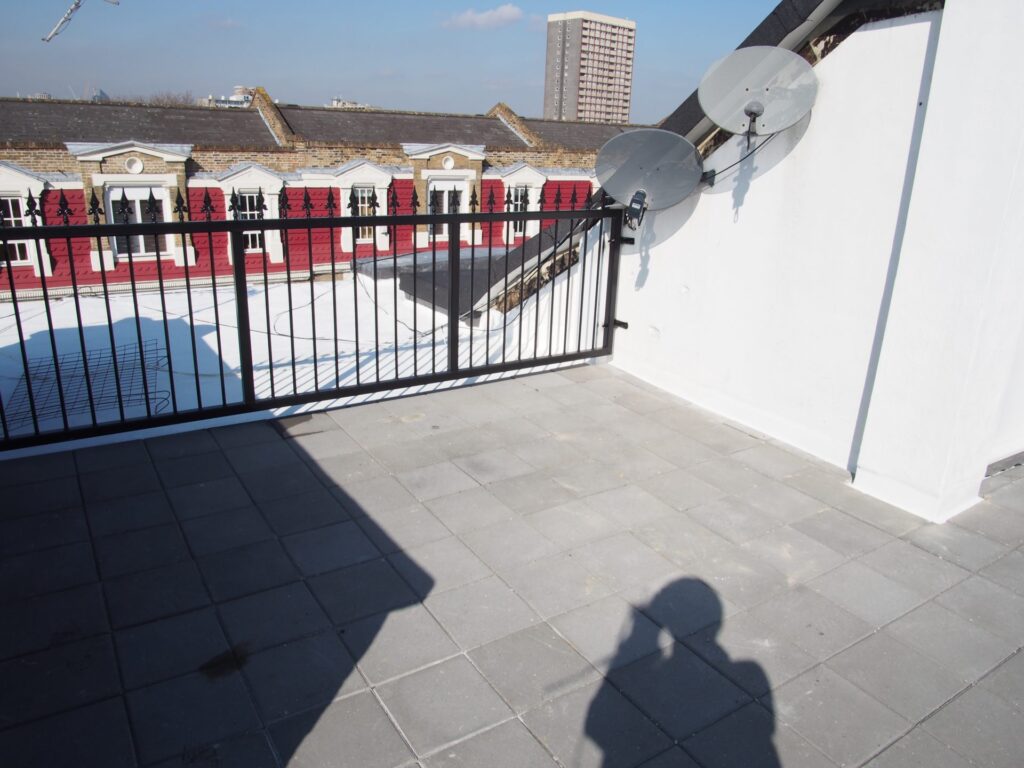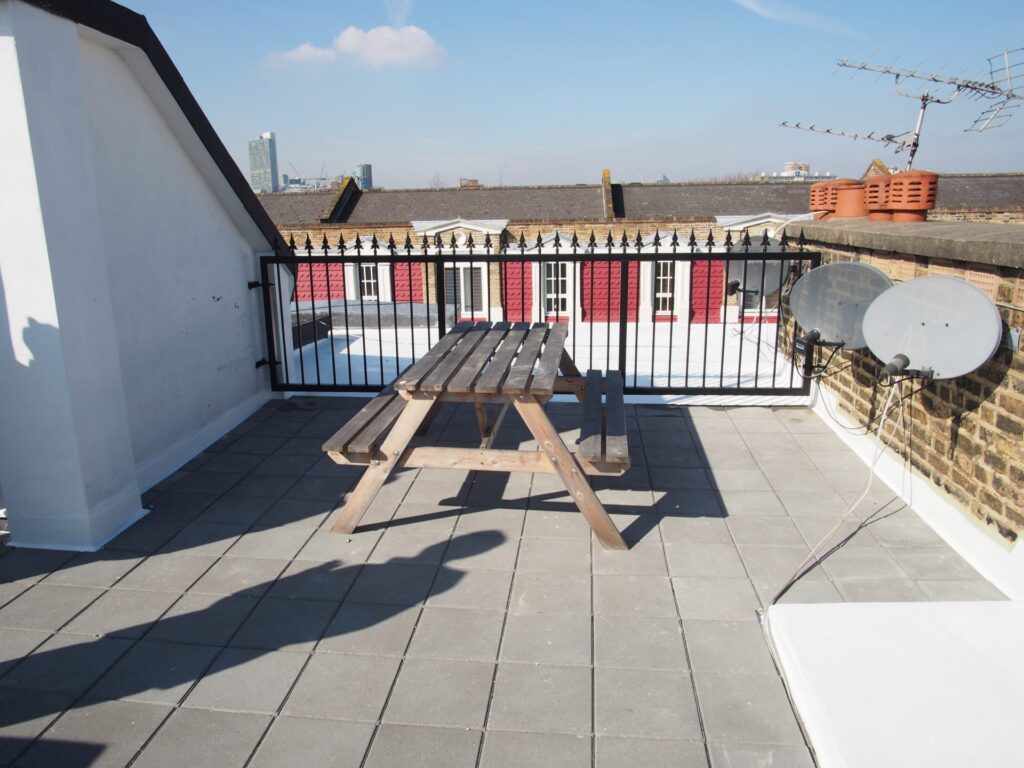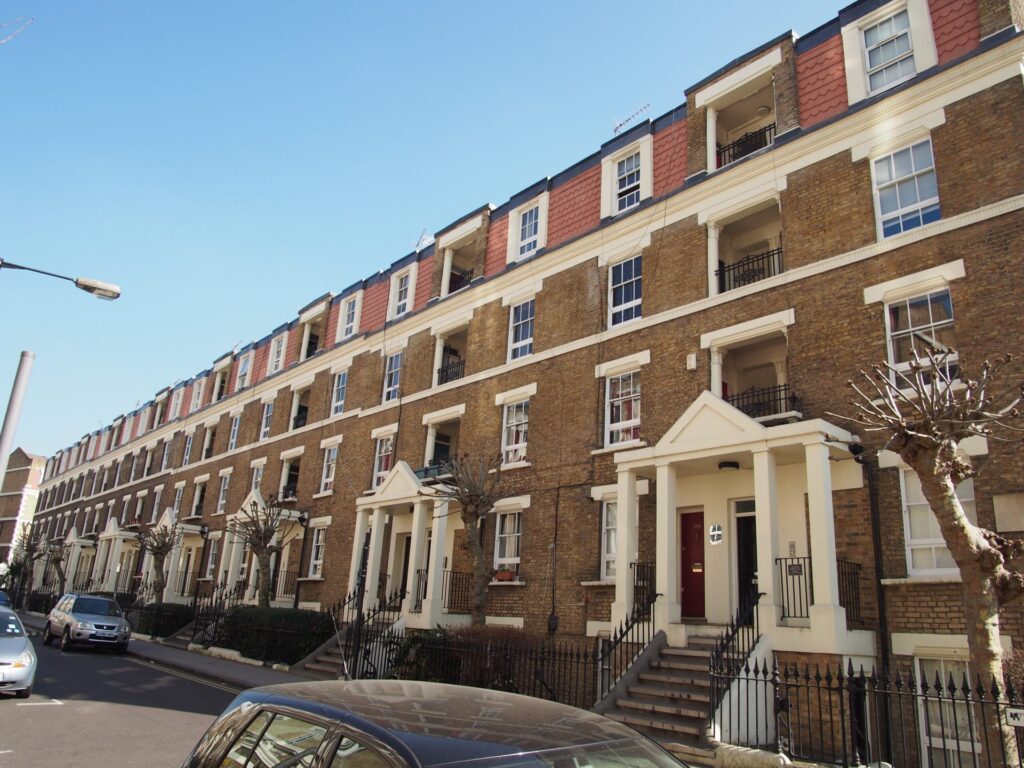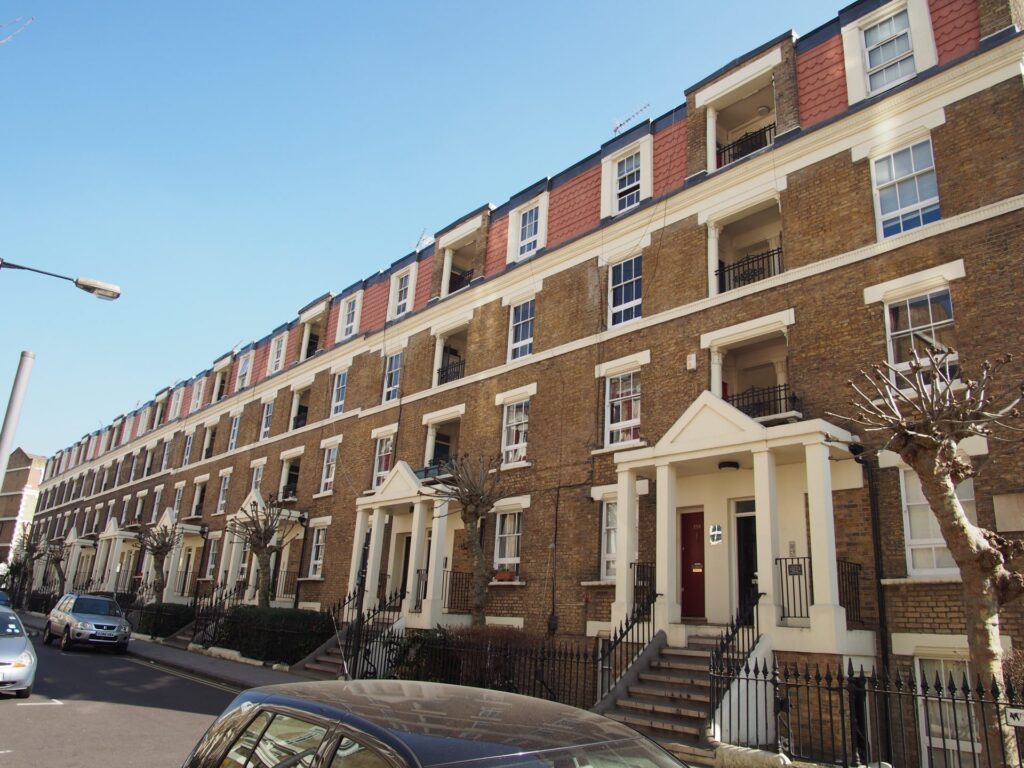Contract Administration
216-263 Wilmot Street, Bethnal Green, London, E2 0BY
Base Building Consultancy was instructed by Rendall & Rittner to inspect the condition of the existing flat roof at 216-263 Wilmot Street and provide recommendations in regard to the repair or replacement of the roof.
216 to 263 Wilmot Street comprises a Victorian private residential block of 48 flats constructed in the 1850’s. The block extends over five storeys and is constructed in a traditional manner using solid load-bearing brickwork ranging from 215mm to 330mm thick for the external walls.
The client wished to procure a high-quality and durable external waterproof roof finish and to carry out repairs as necessary to the parapet walls and staircase enclosures in addition to retaining the roof terrace patio areas. Base Building Consultancy recommended that the existing asphalt covering be renewed with a polymer-modified asphalt covering incorporating promenade tiles in the patio areas.
As the condition of the existing roof membrane was in poor condition and there had been many reported leaks, Base Building Consultancy was instructed to carry out invasive exploratory works in order to assess the condition of the existing flat roof structure and ascertain the thickness of the asphalt, moisture content within the roof structure, the presence of existing screeds, and evidence of cracking or defects.
Two roofing material manufacturers were invited to be present during the intrusive exploratory works and it was found that the existing roof structure consisted of a clinker concrete deck with asphalt 100mm thick in areas, which is known to be not as robust as modern reinforced concrete, so it was imperative that roof loading be kept to a minimum.
In order to reduce loading, it was determined that the existing asphalt be removed and the existing concrete pavers in the patio areas be replaced with lightweight Spartan promenade tiles.
Base Building Consultancy carried out a detailed survey of the premises and produced tender drawings and a detailed specification of works. The specification was tendered, and a suitable contractor was selected and appointed on behalf of the board.
The works were monitored on site to ensure the contractor was complying with specifications. Monthly progress meetings were held with the contractor, and monthly valuations and payment certificates were arranged and issued to the contractor and the managing agent for payment.
A snagging list was prepared, and a final list of defects was carried out after six months of completion.
